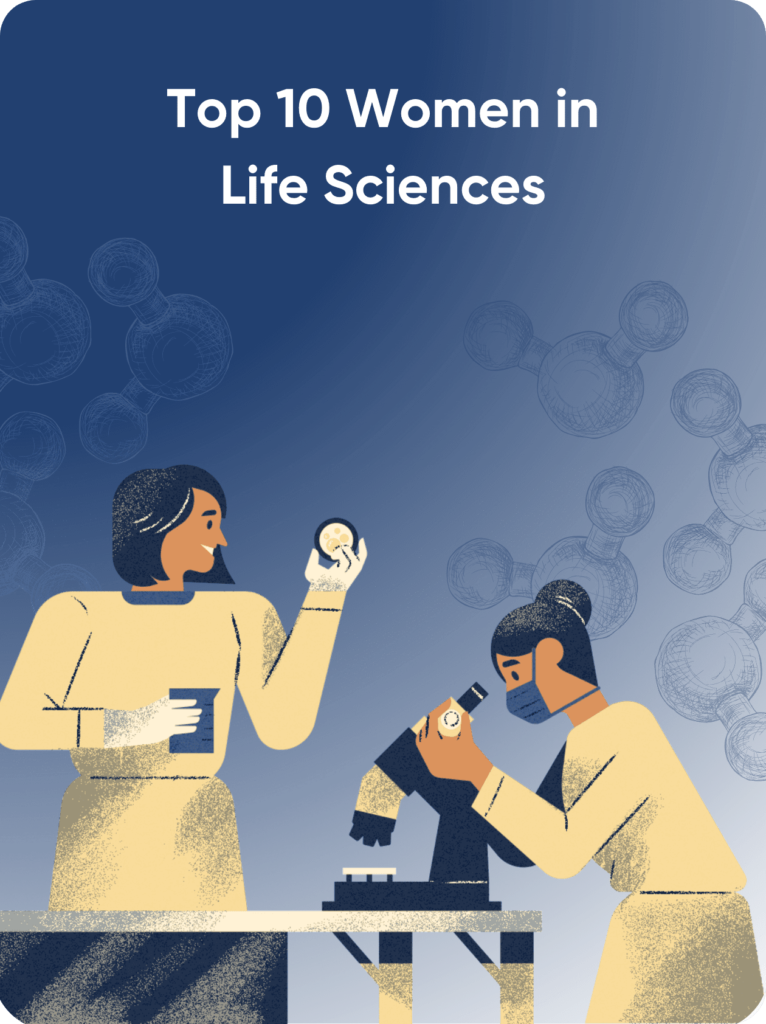
27/06/2023
Pharmaceuticals
Unveiling a narrative within modern healthcare, insects, and pharma share an astonishing connection. From ancient civilizations to the present, these insects have shaped pharma for centuries. Ancient Egyptians and Chinese embraced honey, silkworms, and beetles for medicinal remedies. Medieval Europe witnessed insects integrated into pharma practices. The age of exploration introduced exotic ingredients like cochineal insects and Spanish fly. Today, scientific advances reveal the therapeutic potential of insect-derived compounds. Join us as we explore the history of insect-based remedies. We’ll also explore their impact on pharmaceutical development.
Ancient Civilisations and Insect-Based Remedies
We have used insect-based medicines for a long time. The ancient Egyptians were astute observers of nature. They recognised the valuable properties within the tiny bodies of insects.
Honey found its place in their medicinal repertoire. Its antibacterial properties and wound-healing abilities made it a cherished ingredient. It was commonly used in ancient remedies and ointments.
Furthermore, the ancient Egyptians revered bees for more than their honey. Bee pollen, propolis, and royal jelly were used for their potential health benefits. These were the precursors to antihistamines, antibiotics and multivitamins.
Traditional Chinese Medicine (TCM)
Similar to Egypt, China boasts a rich history of traditional medicine. Insects played a significant role in their pharmacopeia. Traditional Chinese Medicine (TCM) embraced the concept of balance and harmony. They spent time seeking remedies from both plant and animal sources, including insects.
One notable insect in Chinese medicine is the silkworm. Its silk production was not the only purpose it served. The silkworm itself was recognized for its medicinal potential. Silkworm pupae had a strange use. Silkworm pupae and their excrement were valued for their cooling properties. These ingredients were believed to nourish yin energy. They were also known for reducing symptoms related to excessive heat and inflammation.
Beetles, too, held a special place in Chinese medicine. The dried bodies of various species were incorporated into medicinal preparations. These beetles were believed to have aphrodisiac properties. TCM believed they promoted vitality and issues related to sexual health.
The Influence of Arabian Medicine on Europe
Characterised by a blend of cultural influences, the medieval period in Europe was known for its dramatic growth. It was during this time that insect-based remedies permeated the continent. The Arab world had preserved and expanded upon the medical knowledge of ancient civilizations. This includes the use of insects in healing practices. In Europe, this knowledge sparked a fascination with the therapeutic potential of insects.
Use of Crushed Insects in Poultices and Salves
Insect parts were often crushed and incorporated into poultices and salves. This includes wings, legs, or bodies. Topical applications were believed to alleviate various ailments, including skin conditions and wounds. They believed that insects could transfer their qualities to the afflicted body part. In essence, the colour of an insect could heal a person.
Unique Remedies Involving Insects as Ingredients
Medieval European apothecaries concocted unusual remedies. These included whole insects or specific insect products. For instance, dried ground-up beetles were mixed with other ingredients. This would create potions for treating ailments like digestive disorders or respiratory ailments. These concoctions highlight the creativity and experimentation prevalent in medieval medicine.
Scientific Basis to Insect-Based Medicines
It turns out that ancient cultures were incredibly intuitive about natural remedies. Many insect-based medicines have scientific backing.
Silkworm feces is a precursor to solanesol. Yes, this is the organic compound used in modern cardiac medicine. It is proven to have anti-inflammatory, neuroprotective and antimicrobial properties.
Conclusion
In conclusion, there is a connection between insects and modern-day pharmaceuticals. Ancient civilisations recognised the valuable properties of insects. They incorporated them into their medicinal practices for many reasons. Honey, silkworms, and beetles were esteemed for their antibacterial, cooling, and aphrodisiac properties.
Arabian medicine played a crucial role in transferring knowledge to medieval Europe. European scholars and apothecaries embraced this knowledge. They incorporated crushed insects into poultices and salves. Additionally, they created unique remedies using whole insects or specific insect products.
Scientific advancements today confirm the wisdom of ancient cultures. Compounds derived from silkworm faeces have therapeutic properties. These include anti-inflammatory, neuroprotective, and antimicrobial properties, while dung beetles exhibit anticancer properties.
Overall, the historical use of insect-based remedies has significantly influenced pharmaceutical development. Ancient civilisations paved the way for scientific exploration and discovery. Their intuitive understanding of the therapeutic potential of insects has unlocked incredible findings.








